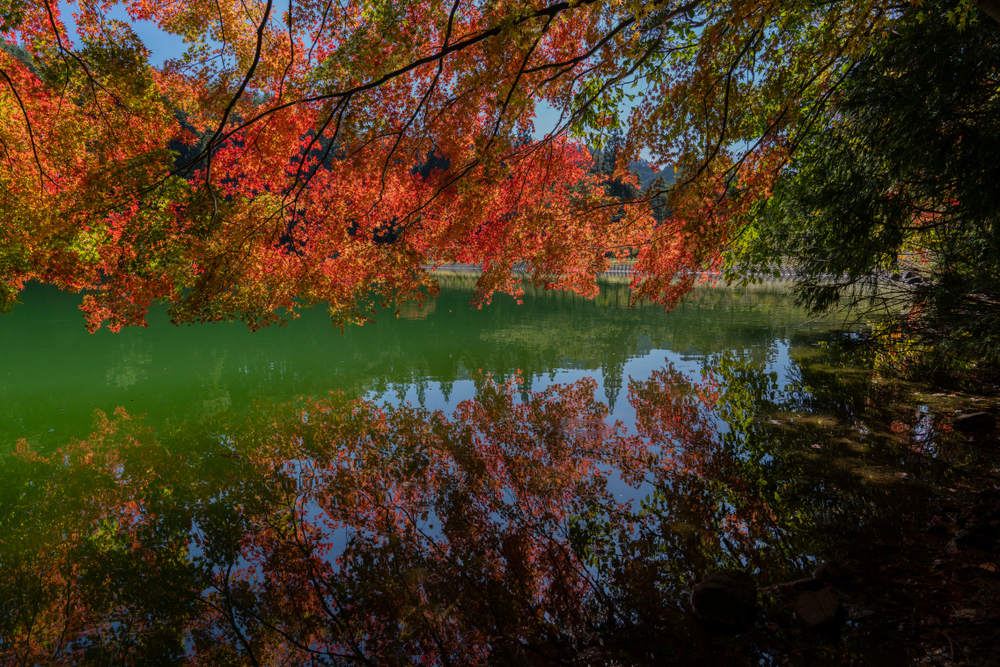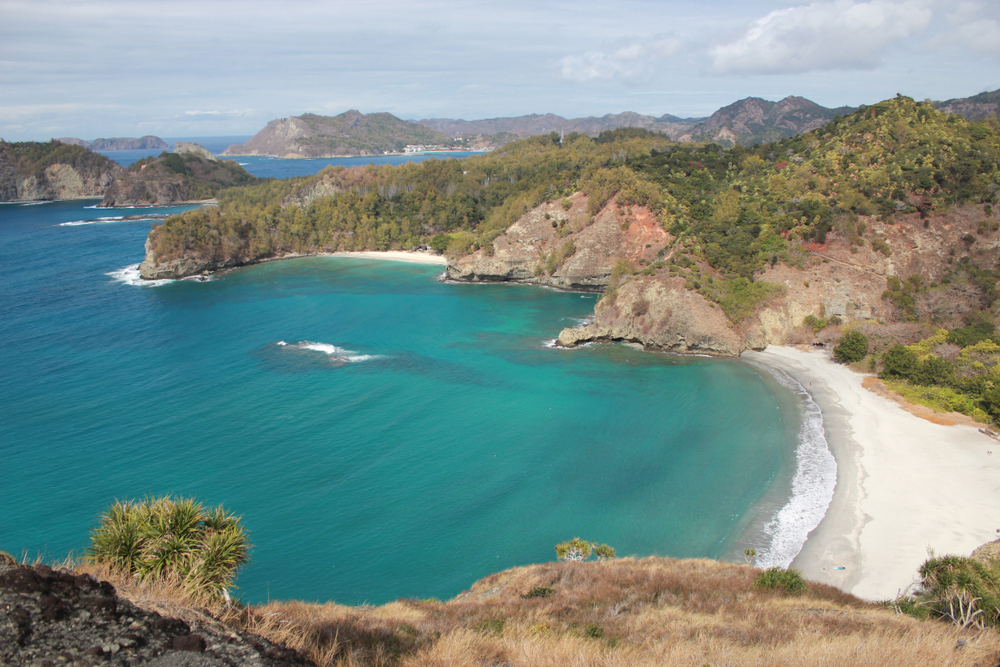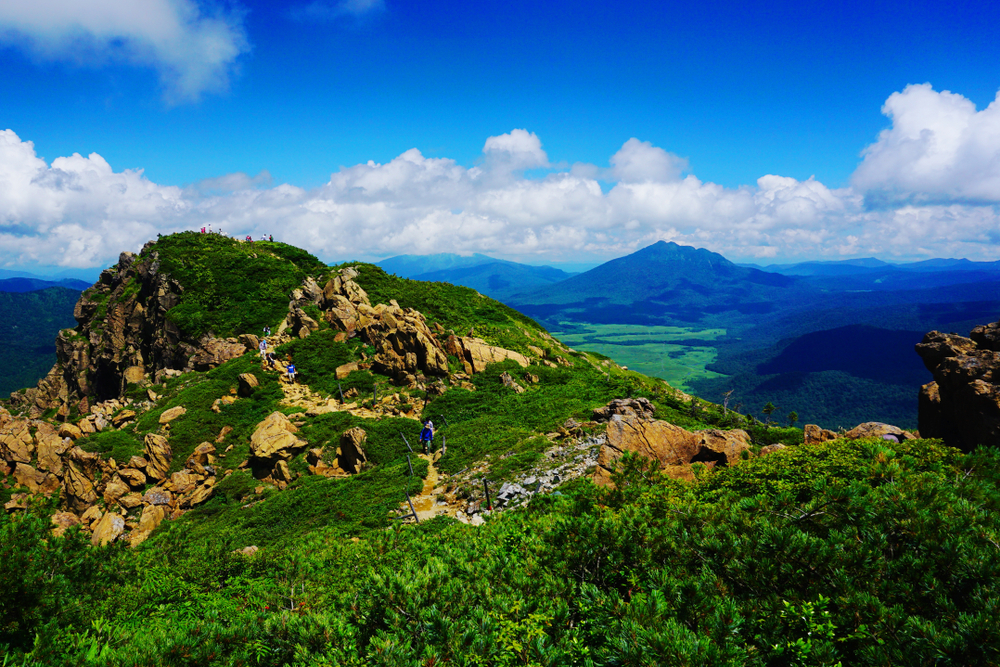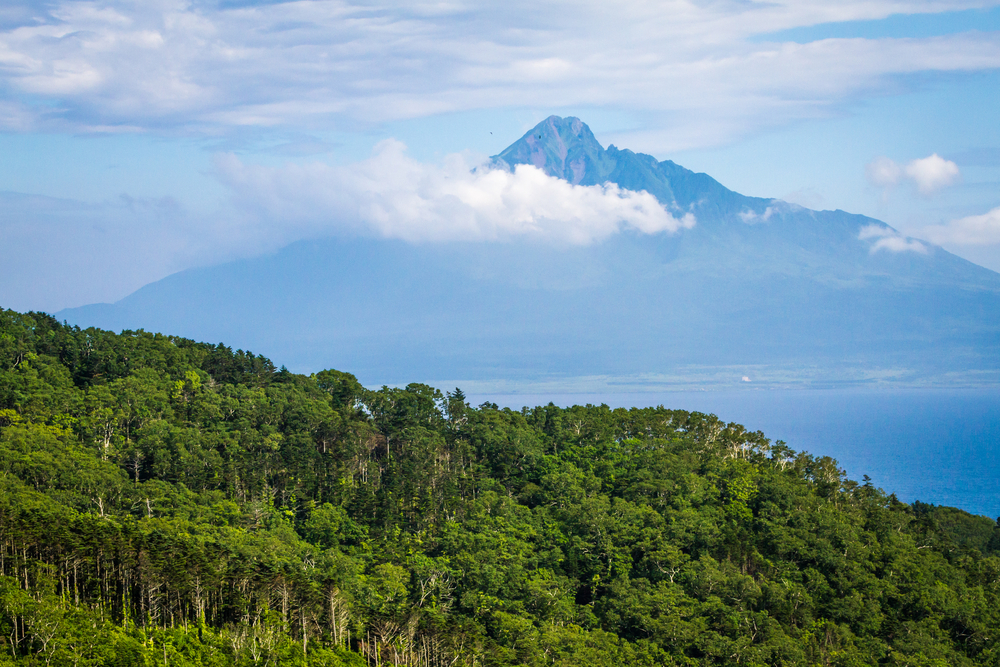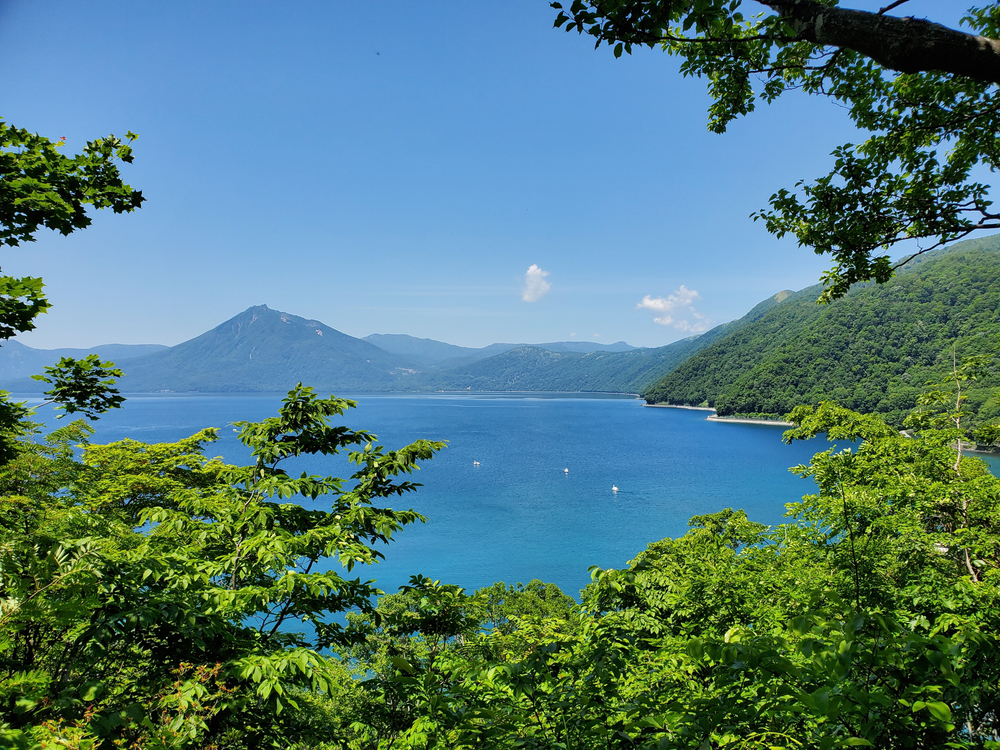Minami Alps Overview
Minami Alps National Park, or Minami Arupusu Kokuritsu Kōen in Japanese, spans an impressive 463 square miles (1,199 square kilometers) and is located on Honshu Island in central Japan. The park, established in 1964, is a haven of rugged beauty, nestled within the Southern Alps (Minami Alps) mountain range, which stretches across Yamanashi, Nagano, and Shizuoka prefectures.
This region is characterized by its towering peaks, deep valleys, and unspoiled wilderness, making it one of Japan’s most remote and pristine national parks. Key peaks in the park include Mount Kita, Japan’s second-highest mountain at 10,476 feet (3,193 meters), and Mount Akaishi, known for its distinctive red-hued rock. These peaks are interspersed with alpine meadows, lush forests, and pristine rivers that add to the park’s breathtaking scenery.
The terrain of Minami Alps National Park is diverse, ranging from dense deciduous and coniferous forests in the lower elevations to alpine vegetation above the tree line. The forests include species such as Japanese beech, Japanese larch, and spruce, which provide vibrant seasonal displays, especially in autumn when the foliage transforms into brilliant hues of red and gold. In the higher altitudes, rare alpine flora such as the Japanese primrose and komakusa (Dicentra peregrina) thrive, contributing to the ecological richness of the park. The rivers and streams that flow through the park originate in glacial valleys and often feature dramatic waterfalls, including the famous Senjojiki Cirque.
Minami Alps National Park is home to a wide variety of wildlife, offering nature enthusiasts the chance to encounter species both common and rare. Among the mammals, visitors might spot the Japanese serow, a goat-antelope species native to Japan, as well as Japanese macaques and Asiatic black bears. Birdwatchers will delight in observing species like the rock ptarmigan, a rare alpine bird that resides in the higher elevations, and the Japanese grosbeak. The park’s ecosystems support an intricate web of life, making it a vital area for biodiversity conservation in Japan.
Popular highlights of the park include hiking the challenging trails to Mount Kita and Mount Akaishi, which reward adventurers with sweeping panoramic views. The Senjojiki Cirque, accessible via a scenic ropeway, is another favorite destination, offering stunning vistas and opportunities to explore alpine meadows. For those seeking less strenuous activities, the park’s rivers provide tranquil spots for picnicking, photography, and enjoying nature.
Visitors can experience the park through various activities, including multi-day treks, mountaineering, and nature walks. Mountain huts are available along some of the trails, providing shelter for hikers. Winter sports, such as snowshoeing, attract enthusiasts to the park during the colder months. Guided tours, often led by local experts, offer insights into the park’s natural and cultural heritage, enhancing the visitor experience.
Minami Alps National Park faces conservation challenges such as the impact of invasive species, climate change, and human activities. However, efforts by park authorities and local communities to protect its ecosystems have seen significant success, including habitat restoration projects and educational initiatives. The park’s commitment to preserving its unique natural environment ensures that future generations can continue to enjoy its beauty and biodiversity.








































































